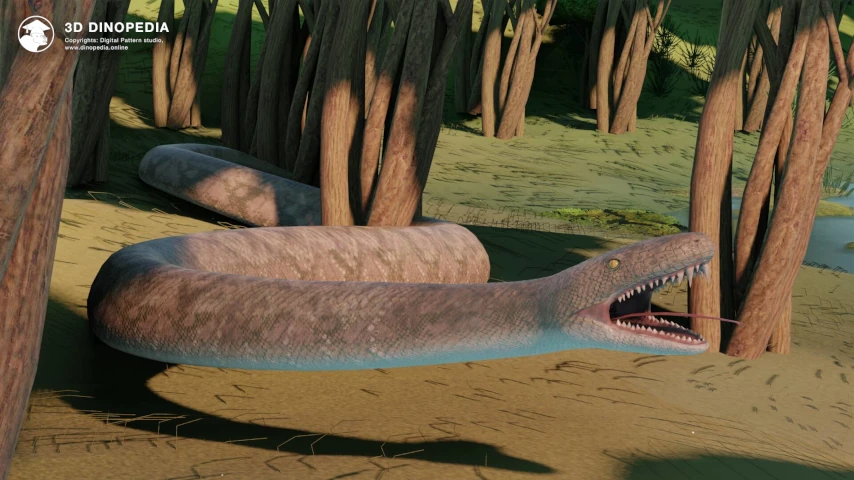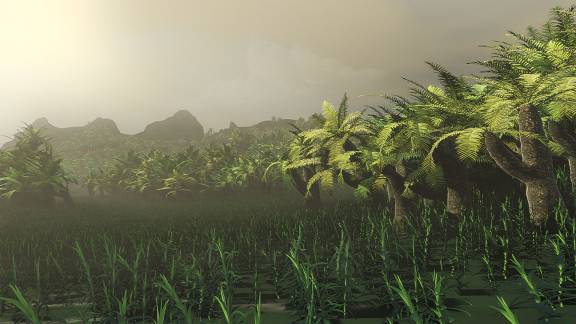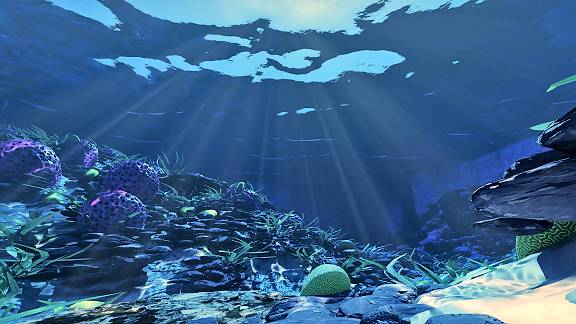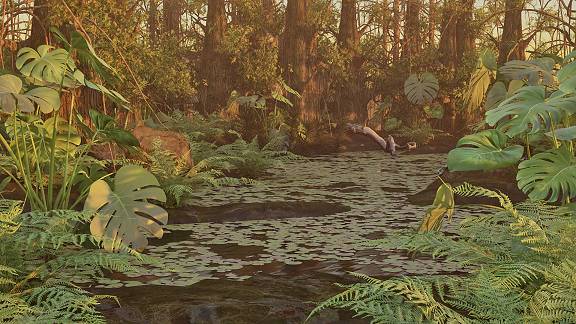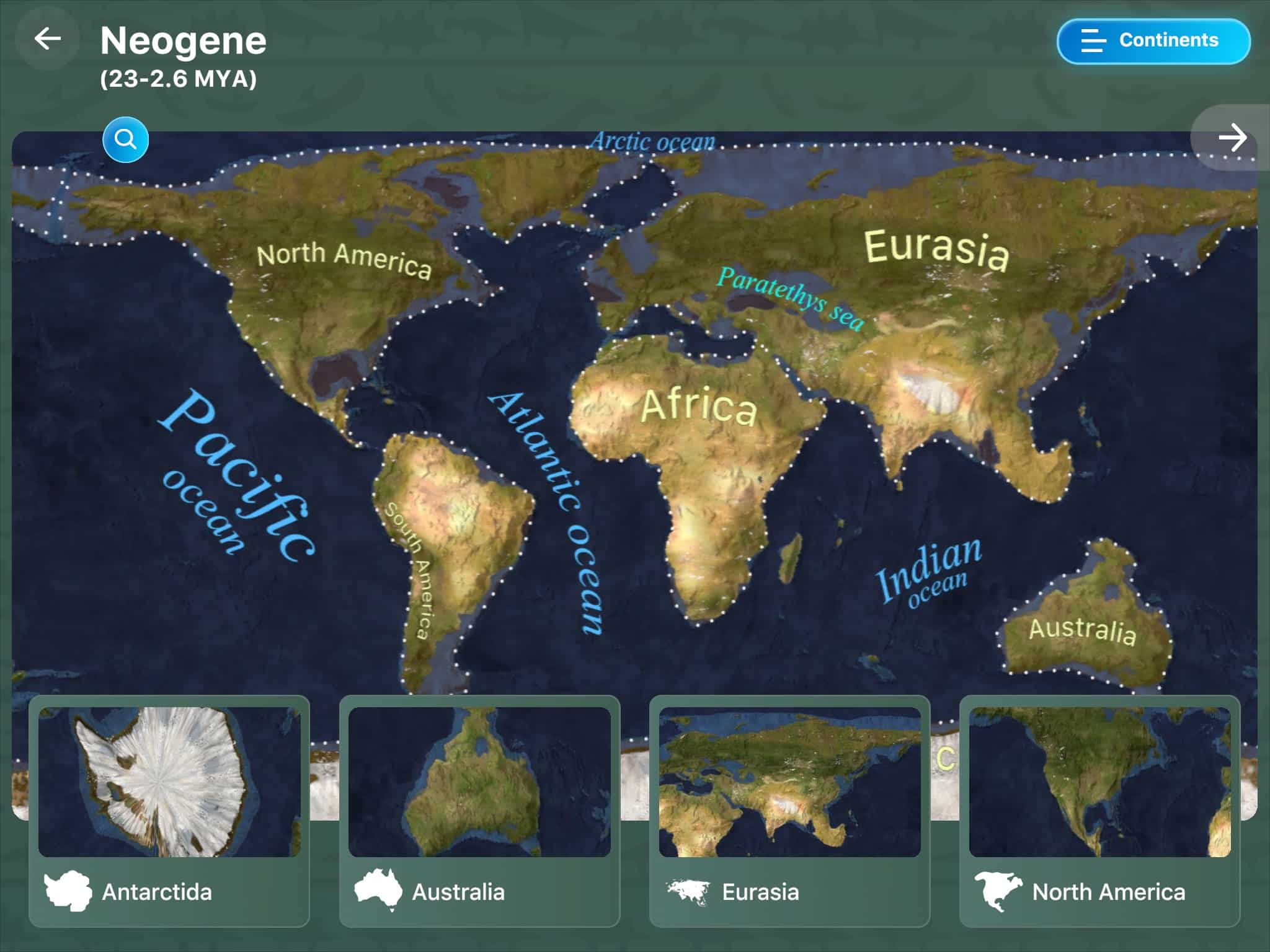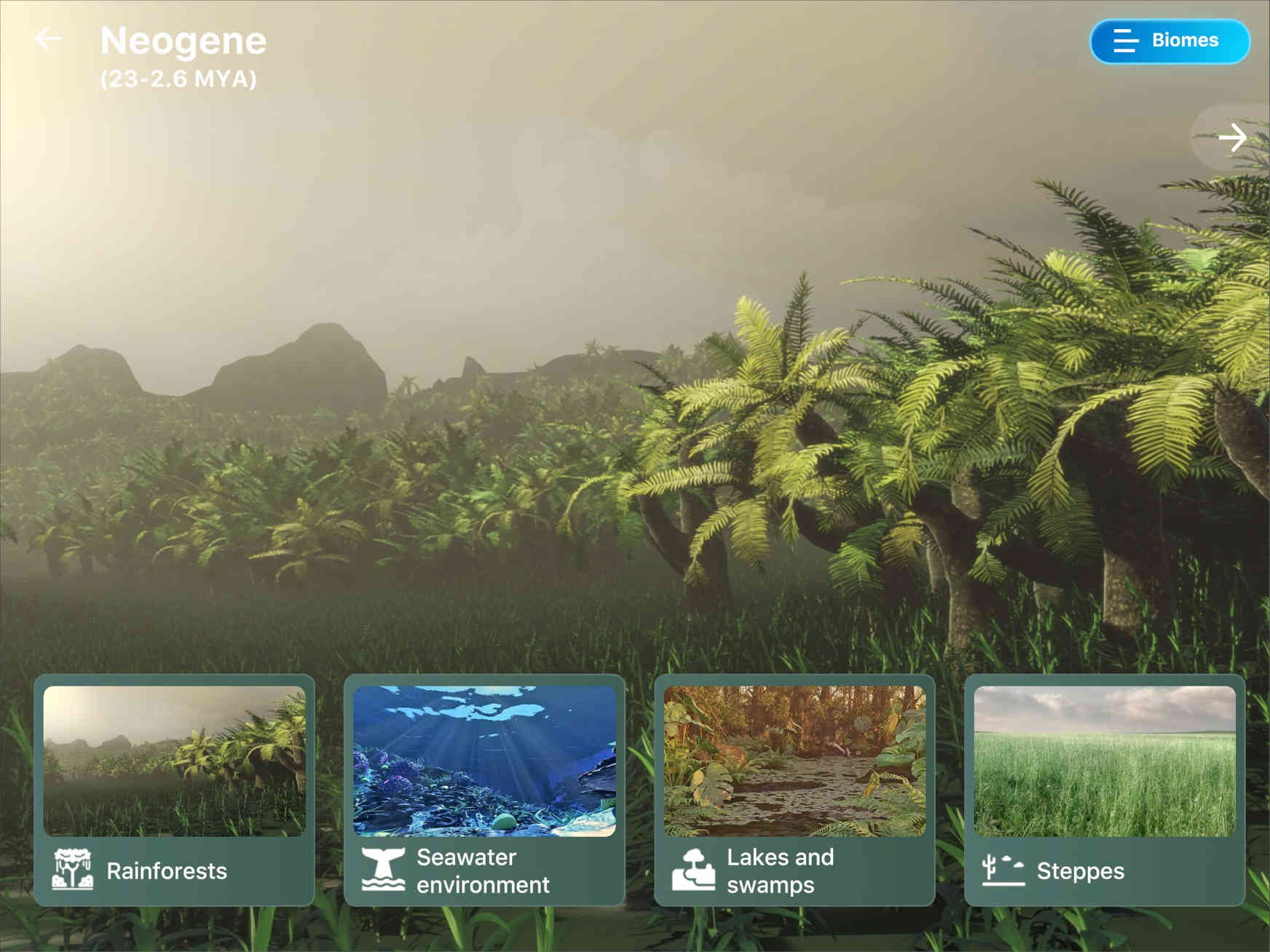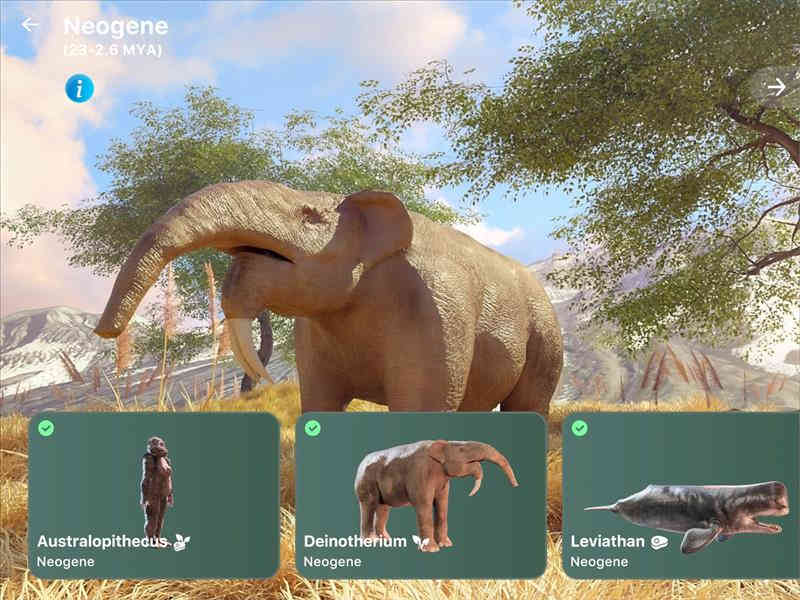Mixed and broadleaf forests
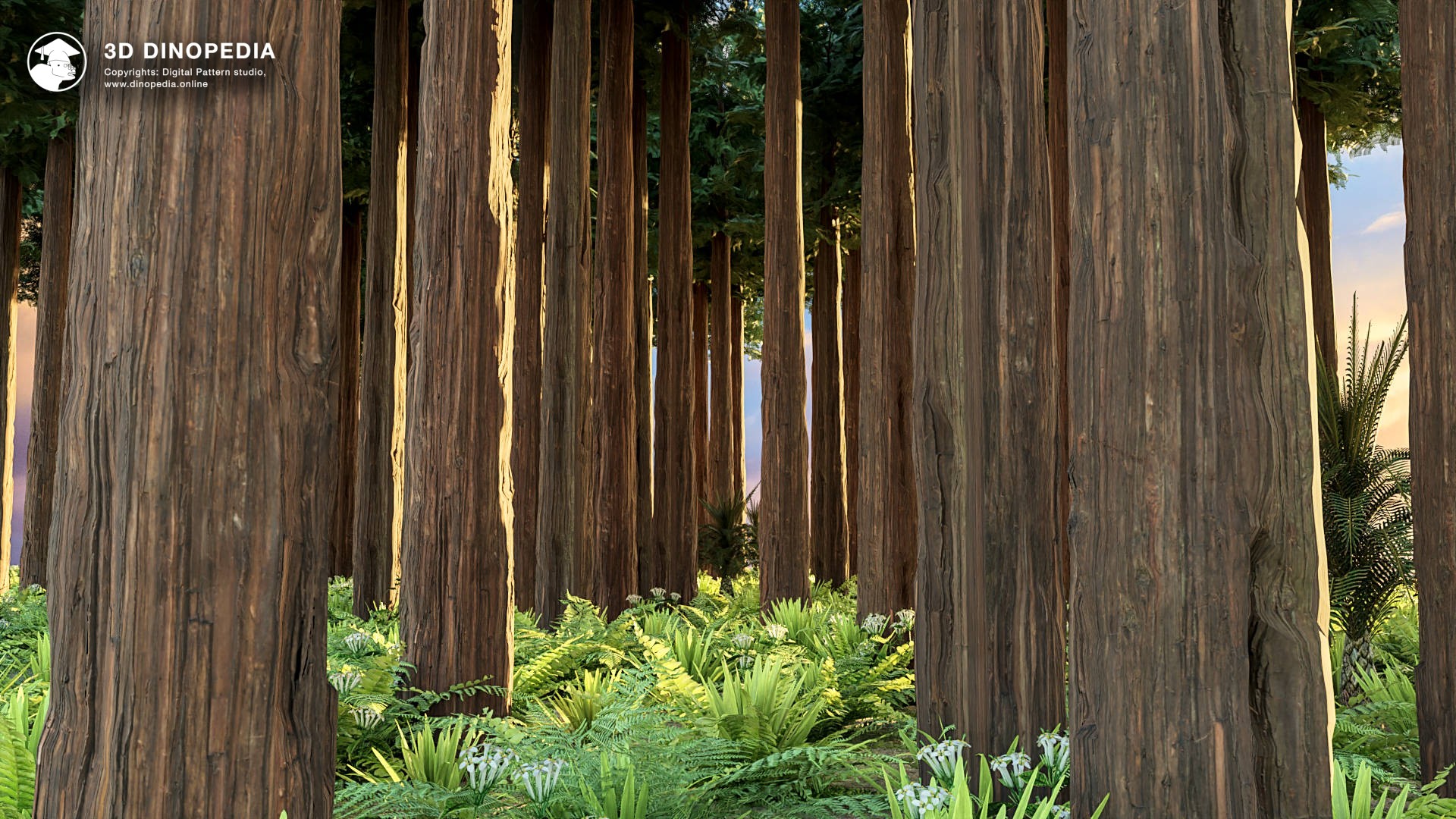
Mixed and broadleaf forests are among the most diverse and picturesque ecosystems on the planet. They represent a unique combination of various types of trees, shrubs, grasses, and other plants that form dense green canopies and create impressive forest landscapes.
Mixed forests are characterized by the presence of various types of trees that grow together in one area. This means that such forests can contain both deciduous and coniferous trees. For example, pines, firs, oaks, beeches, maples, and other trees could coexist in mixed forests since the Paleogene period.
Broadleaf forests, as the name suggests, are characterized by the predominance of trees with broad leaves. Even in the Paleogene, these forests contained palms, such as Sabalites, southern beech (Nothofagus), and many other trees. Herbaceous plants were also quite varied, although flowering plants were noticeably predominant. For instance, creeping Acaena, a distant relative of the strawberry, could be found.
Mixe...
Mixed forests are characterized by the presence of various types of trees that grow together in one area. This means that such forests can contain both deciduous and coniferous trees. For example, pines, firs, oaks, beeches, maples, and other trees could coexist in mixed forests since the Paleogene period.
Broadleaf forests, as the name suggests, are characterized by the predominance of trees with broad leaves. Even in the Paleogene, these forests contained palms, such as Sabalites, southern beech (Nothofagus), and many other trees. Herbaceous plants were also quite varied, although flowering plants were noticeably predominant. For instance, creeping Acaena, a distant relative of the strawberry, could be found.
Mixe...
 3D BIOMES
3D BIOMES
